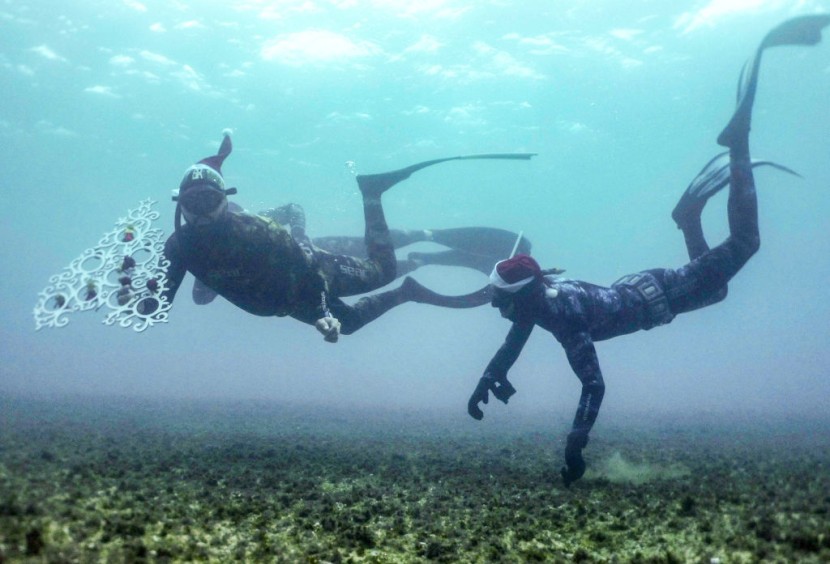
A new theory speculates that the earth was oxygenated at an unexpected turning point from a few billion years as a toxic dust ball. Ocean microbes and minerals played a part in the production of oxygen that filled out the atmosphere. The delicate balance of producing a breathable atmosphere would allow ancient flora and fauna to evolve and survive until the present day.
Sudden Increase of Oxygen on Earth
Keeping humans and all living things alive keeps a concentrated amount of life-giving oxygen at 21 percent, as the balance but not consistently, reported Sciencealert.
Earth is inherently toxic to many but a few life forms until a faint chance arose in a billion, then sudden, oxygen became plentiful, and life exploded at that time on. The process of emitting more O2 than is taken is an enigma.
Massachusetts Institute of Technology (MIT) researchers came up with an answer to explain everything. Their new hypothesis suggests that a few microbes were at the borderline of producers and consumers billions of years ago.
Oceans Play a Role in Oxygenating the Earth
Organic matter can be degenerated by deep ocean microbes that use oxygen. Suppose another microbe will be absorbing the gas faster than other organisms can use it.
In that case, then the semi-oxidized organic matter would have the leftover O2 bond at a chemical level to an ancient mineral in sediment underwater. This became a breakthrough in the new theory that more oxygen is stored in the world's ancient oceans, which led to oxygenated earth, and microbes would have sustenance to live.
Storage of oxygen in the oldest seas would delay it escaping to the atmosphere like a sponge, absorbing it and being used to create a breathing loop for all organisms to exploit.
Geobiologist Gregory Fourier from the Massachusetts Institute of Technology ponders if there is a microbe-based metabolism capable of making POOM (partially oxidized organic matter).
There was such a thing, and looking over sources on record, he and his colleagues, Haitao Shang and Daniel Rothman, got their answer. It is the bacterial group known as SAR202.
This type of bacteria partly oxidizes organic material in the deepest oceans, using the enzyme known as Baeyer-Villiger monooxygenase or BVMO. Tracing the enzyme and where it came from was present before the great oxidation event.
Furthermore, the data points to the increase of more oxygen in ancient earth were tied to the gene. The development of the enzyme and its spread to other microbial organisms is the tipping point.
Earth's Oxygenation
A random event like the great oxygenation was a cosmic chance of having BVMO at the right moment. Inevitable more O2 became plentiful and simpler organisms acquired it.
Scientist says that living processed eat up O2 supplies, and it should not have happened, but it did. But having absorption by oxidized metabolic products in the minerals of sediments in the ocean.
Minerals also trapped the partly oxidized organic matter on its surface throughout ocean floors. The sea because storage of O2 as a result.
Accumulation over eons of time led the O2 to leach in the world's oceans and atmosphere, establishing the 21 percent now as the balance. One study at the American Geophysical Union supports this claim.
The study by Fournier says the new theory about why and how the earth evolved from an environment with scarce oxygen to the modern oxygenated world via an enzyme is further explained in Nature Communications.
Related Article : Ancient Oceans Not Susceptible to Climate Change; Human Activities Have Done Many Damages








